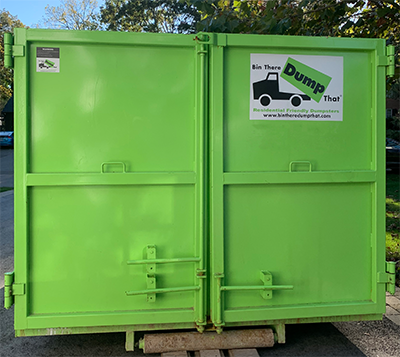Key Takeaways:
- Decluttering is often emotional—not just physical
- Start small: One drawer or category at a time
- Don’t aim for perfection—focus on function
- Use techniques like the Pomodoro method for momentum
- Sentimental items can be preserved digitally or repurposed
- Decluttering is a long-term lifestyle change, not a one-time fix
What is mental decluttering, and how do you begin?
Mental decluttering means clearing the emotional, psychological, and physical burdens tied to your belongings. Begin by organizing small, low-stress areas. Focus on function over perfection, repurpose sentimental items, and build sustainable habits to support your mental well-being.

Decluttering isn’t just about clearing space—it’s about processing your past and reclaiming your present. For many, it means letting go of grief, anxiety, or shame embedded in belongings.
Professional organizer Beth Blacker, of It’s Just Stuff, has seen this firsthand. She’s worked with clients navigating divorce, death, trauma, and chronic disorganization. One client’s husband, struggling with hoarding tendencies, secretly searched dumpsters for a misplaced lightbulb—showing how deep emotional attachment to objects can go.
“People don’t wake up and want to be overwhelmed by stuff,” Beth says. “Clutter often reflects what’s going on emotionally or mentally.”
Why Mental Decluttering Feels So Hard
Objects can symbolize identity, control, or memory. Beth stresses: this isn’t about laziness—it’s about emotional wiring. For some, clutter represents protection or coping.
Others are afraid of losing memories. That’s where digitizing or repurposing comes in. Beth helps clients turn artwork into photo books or t-shirt quilts, preserving meaning without the physical bulk.
Mental decluttering is about addressing those emotional attachments head-on. This isn’t just spring cleaning. It’s personal transformation.
How to Start When You’re Overwhelmed
Trying to clean an entire garage in a day is a recipe for burnout. Instead, Beth recommends:
- Start with “low-hanging fruit”—easy wins
- Use the Pomodoro Technique: 20 minutes on, short break
- Focus on one drawer, one shelf, or one category at a time
This method creates momentum and keeps you from mentally checking out.
Function Over Perfection
Social media often glamorizes color-coded pantries and pristine minimalism. But Beth warns against unrealistic expectations. “What works for me may not work for you. Function matters more than form.”
Build systems you can maintain. If you can’t sustain a storage solution, simplify it. Organization must serve your life—not the other way around.
Letting Go Without Shame
Beth sees many clients with ADHD, PTSD, or trauma histories. She doesn’t judge. “I’m not just clearing closets—I’m often acting as an advocate or emotional support.”
In many cases, people simply need someone beside them. “This is their journey,” Beth says. “I’m the Sherpa.”
Give Clutter a New Life
Decluttering can serve your community. After Colorado’s Marshall Fire, Beth mobilized donations to families who lost everything. “We all have extra,” she says. “Let someone else start fresh with it.”
She advises donating locally (Humane Society, Habitat for Humanity) over national chains, which may resell or ship items abroad.
Long-Term Change, Not One-Time Fixes
Beth compares decluttering to wellness: “It’s not a sprint—it’s a maintenance routine.”
Letting go of stuff means letting go of guilt, perfection, and pressure. And when the task feels too big? Ask for help. That’s not weakness—it’s wisdom.
Need help lightening the load?
Bin There Dump That offers Residential Friendly dumpsters and stress-free delivery, helping you take the first step. Whether you’re downsizing, organizing, or supporting a loved one, we’re here to help clear the way.
